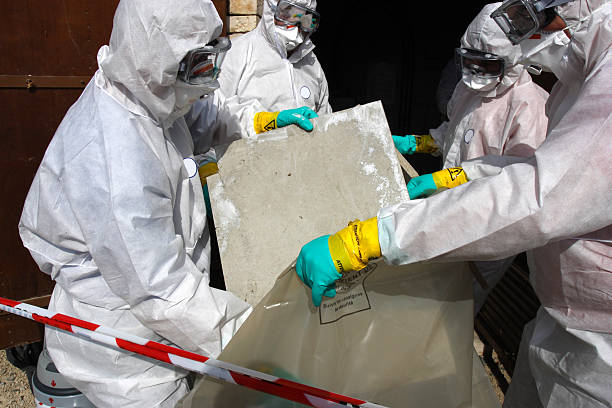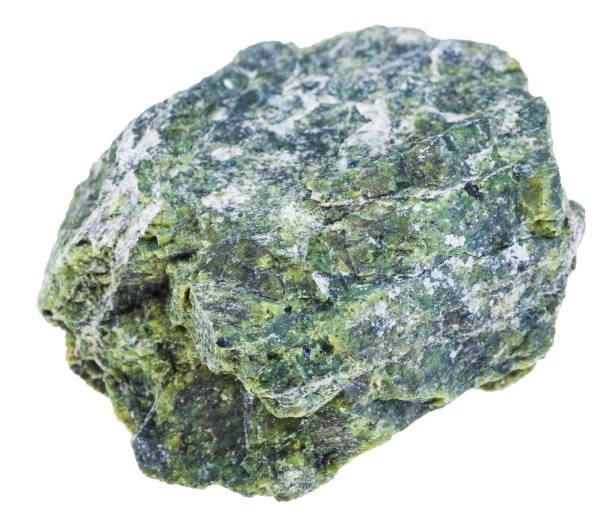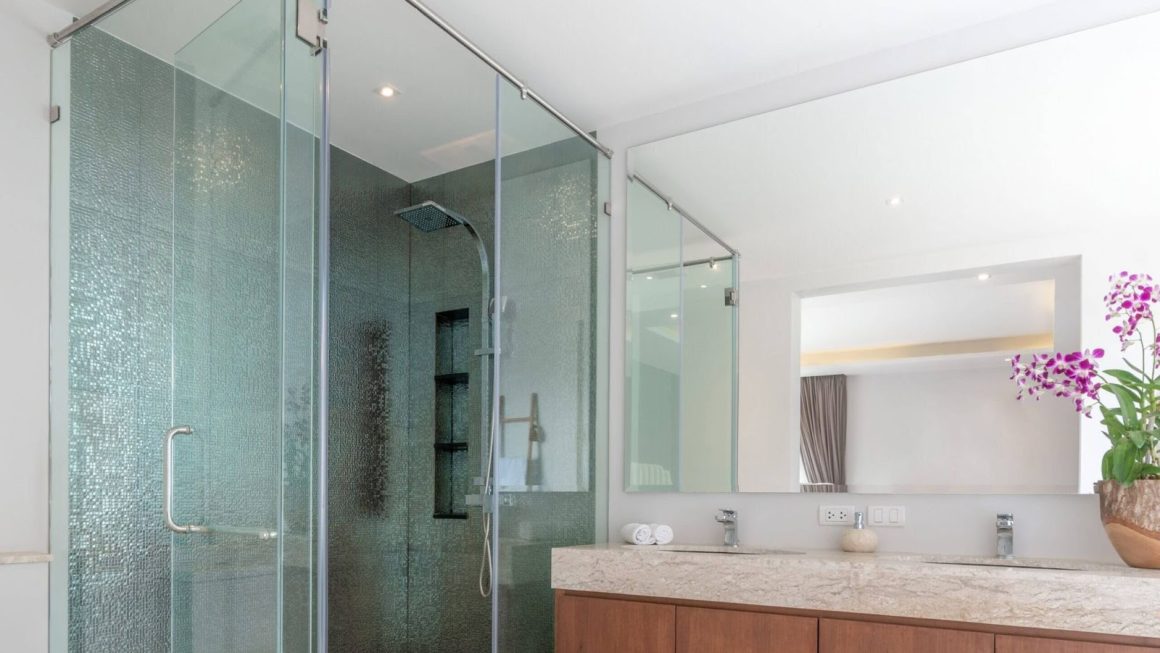Asbestos is a natural mineral that comprises fibers resistant to heat and electricity. The mineral has a lot of good qualities, which makes it helpful to people. However, asbestos is hazardous to humans and animals.
Due to their toxicity, asbestos shouldn’t be in our homes, which is why we’ll discuss how to remove asbestos from your home in the safest way.
However, asbestos is helpful in buildings because it is a good insulator. Also, it helps make fabric, plastic, paper, and cement. Asbestos exposure can raise your risk of acquiring lung cancer. When you inhale or swallow asbestos fibers, it can cause scarring or inflammation.
Types of Asbestos
The Asbestos Hazard Emergency Response Act identifies six types of asbestos, and they are in two groups. These groups are Amphibole and Serpentine.
Amphibole Group
Amphibole asbestos fibers are straight and chain-like. Below are the five recognized types under Amphibole.
- Actinolite Asbestos: Actinolite is a rare asbestos type, and it is darker than the others. It contains calcium, iron, silicon, and magnesium. Actinolite has long and sharp fibers that people can quickly inhale. Also, people have used them in products like paints and cement.
- Anthophyllite Asbestos: Anthophyllite has needle-like fibers that can get to the lungs easily after inhalation. It can be yellow or brown and mostly contains iron and magnesium. Also, it is a rare type like actinolite asbestos, and we can find them in insulation and cement.
- Tremolite Asbestos: Tremolite asbestos can be white or dark green. It has long, sharp fibers. People used them a lot in insulation and other building materials.
- Amosite Asbestos: After chrysotile, amosite is the most popular asbestos in the US. It has good heat resistance. So, it is used for insulation and ceiling tiles.
- Crocidolite: Crocidolite asbestos is the most dangerous of amphibole families’ asbestos types. It comprises sharp fibers that people inhale quickly. Also read: Happens at the Achievement of a Construction Project
Serpentine Group
The Serpentine group has only one type of asbestos: the chrysotile. People also refer to this asbestos type as white asbestos, and it is the most popular in the US. Also, it has a layered structure and curly fibers.

How to Remove Asbestos From Your Home in the Safest Way
Asbestos can be harmful if it is not properly removed and disposed of. We encourage you to use qualified asbestos removers to remove asbestos. A qualified asbestos removalist will remove the asbestos before decontaminating it. The purpose of decontamination is to reduce health issues. However, if you remove asbestos in your home without a license, you must adhere to strict safety precautions before, during, and after the removal.
Nonetheless, a certified asbestos removalist must follow all the requirements and code of practice surrounding asbestos removal.
Tips on How to Remove Asbestos Safely
- First, you should hire only approved contractors to remove the asbestos in your home.
- Ensure that the contractor uses the right tools for the job. They must wear safety gear, gloves, and every other safety wear.
- Also, ensure that the contractor has a workman’s policy to do this job. The law requires contractors to notify them about their upcoming abatement job.
- You should confirm at the Better Business Bureau to see if the company has had any problems with worker safety in the past.
- Before paying the final bill, ask for a waste document. The purpose is to ensure that the contractor throws the material in a landfill that accepts asbestos.
- In the end, professionals who checked the property should return to take air samples to ensure that there are no asbestos fibers left.

How to Safely Remove Asbestos Yourself
It is legal for homeowners to remove the asbestos in their homes themselves. So, you should note the following if you are willing to remove them yourself.
- Turn off the air conditioner and block off the work area with plastic sheets.
- Wear a respirator with a HEPA filter.
- Also, use disposable overalls and gloves.
- Use a pump sprayer to keep asbestos wet and dust at bay.
- Use a vacuum cleaner with a HEPA filter to clean the work area.
- Lastly, dispose of the waste in a landfill that accepts asbestos waste.
Risk of Asbestos Exposure
Although no quantity of asbestos exposure is safe, there are more consequences when exposed to a high concentration.
With each exposure, asbestos builds up in the body, and there is no known method to undo the harm it causes. However, not everyone exposed to asbestos becomes ill.
In general, the longer you are exposed to anything, the greater your risk. Even if you were exposed to asbestos for a short time, you are still at risk of getting ill.
It is necessary to avoid disrupting asbestos-containing materials. People who live near naturally occurring asbestos deposits should also be careful not to disrupt contaminated soil.
Below are the factors affecting the risk of getting an asbestos-related disease:
- Industry type
- Duration
- Intensity
- Gene change
- Lung disease
Conclusion
Whether you hire a registered asbestos remover or do the work yourself, you must ensure that the asbestos is disposed of at a licensed landfill. However, asbestos is harmful to health. If you inhale asbestos dust, the fibers can become lodged in your lungs and irritate. So, it is advisable always to use protective equipment, no matter who does the job.


